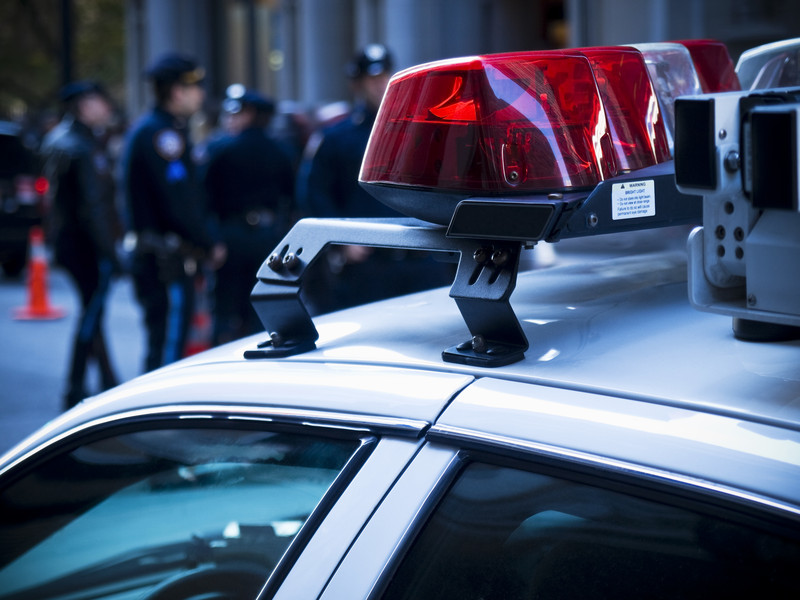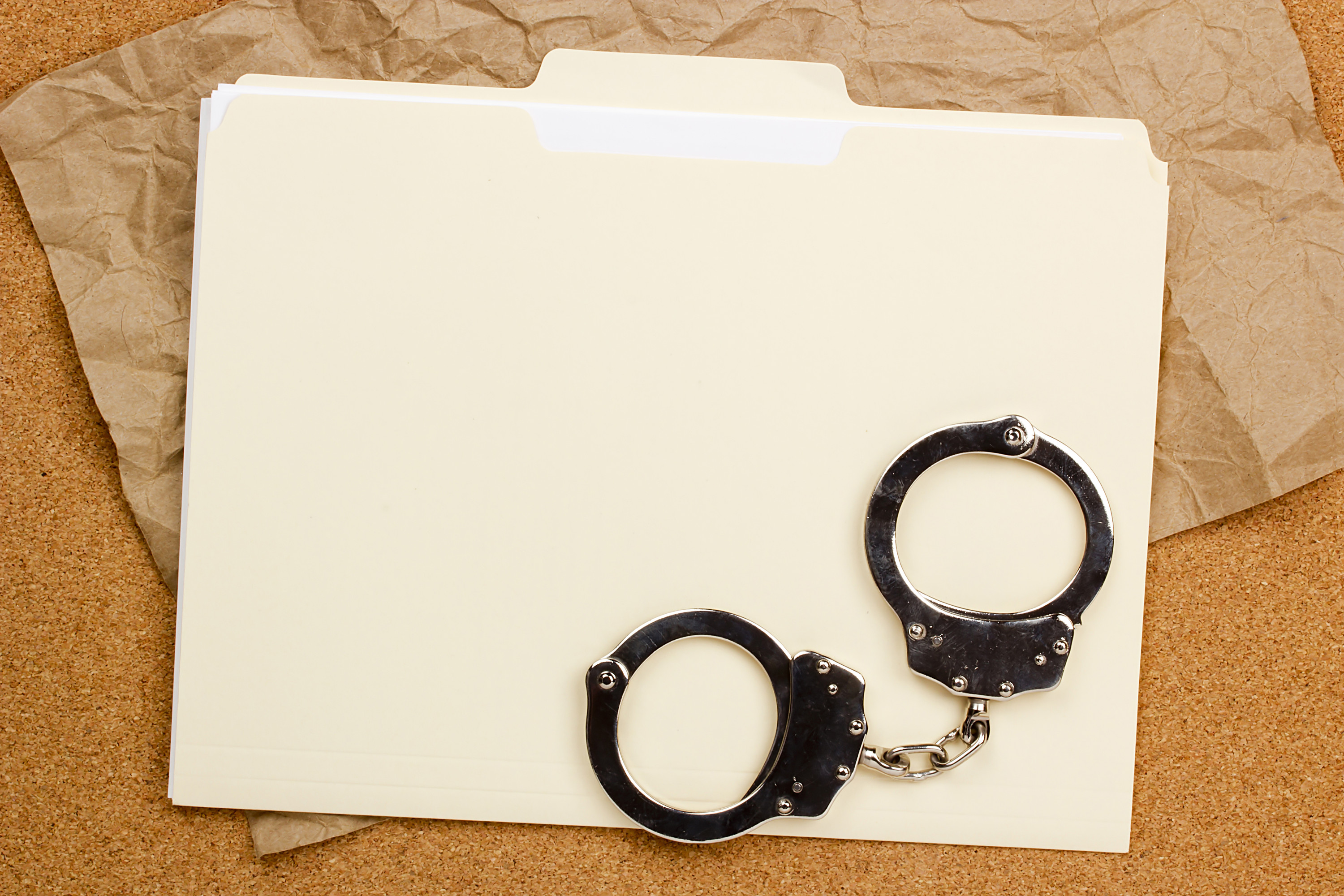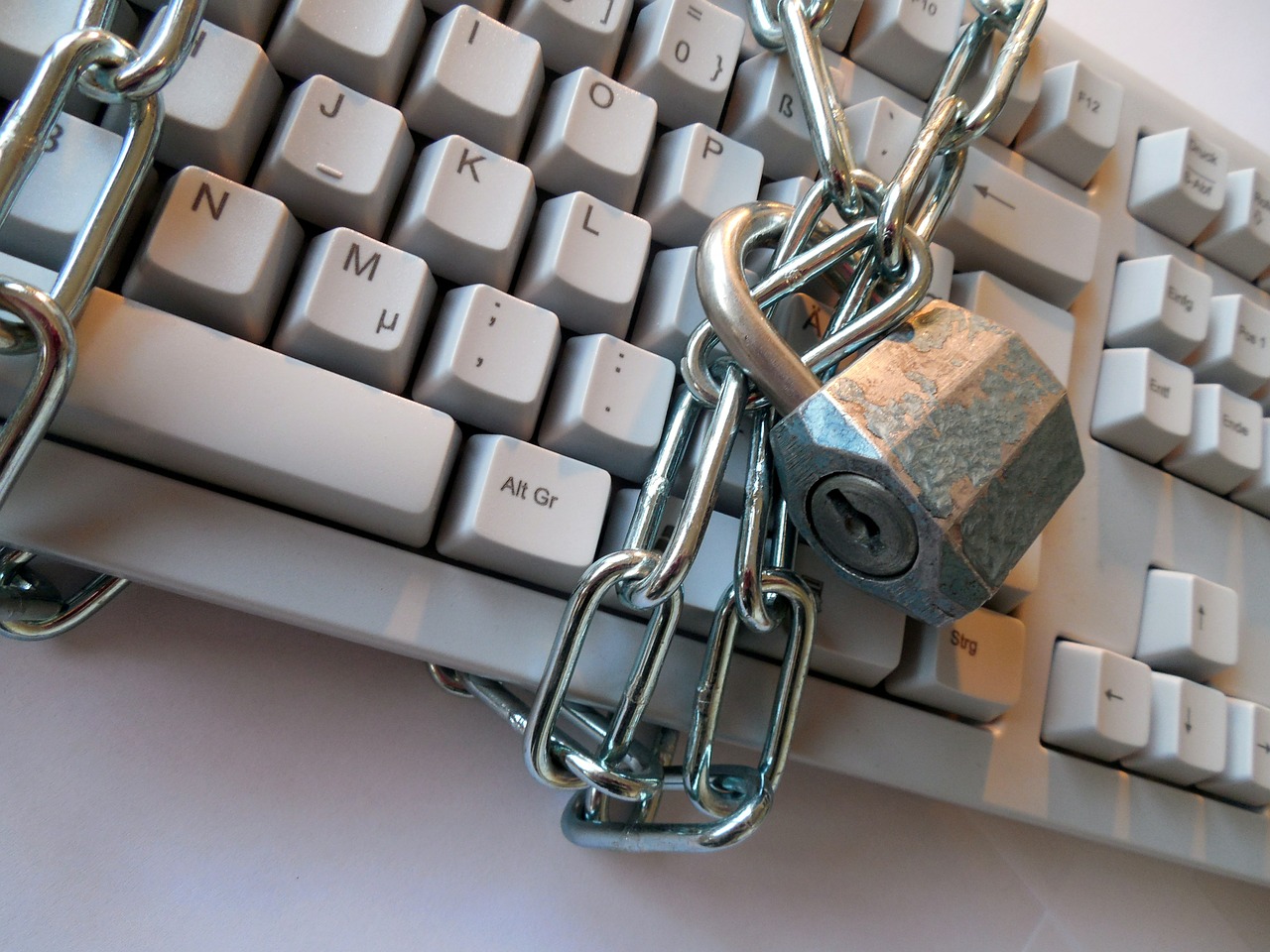Continued here is a discussion of People v. Coon in which the admissibility of writing in court, such as faxed documents, calls for analysis under the Best Evidence Rule, referred to as the Secondary Evidence Rule in California. James Dale Coon challenged his charges in a California appeal based on the argument that the trial court prejudicially erred in admitting faxed copies of certified court records to determine he was on bail when he committed the crimes.
Concern included matters relating to a purported copy of a writing in the custody of a public entity, or of an entry in the writing, is prima facie evidence of the existence and content of the writing or entry. A copy of a certified copy of an official record is admissible unless there is a genuine question as to the authenticity or contents of the original, or it would be unfair to admit the copy in lieu of the original. (People v. Atkins (1989) 210 Cal.App.3d 47, 55 (Atkins); Evid. Code, § 1521.)
Similar to Coon, on appeal, the defendant in Atkins argued that the admission of the evidence violated the best evidence rule, which requires admission of the original of a writing to prove the content of the writing. (Atkins, 210 Cal.App.3d at p. 54.) The appellate court rejected the defendant’s argument, concluding the copy of the certification fell within an exception to the best evidence rule that permits the admission of a copy in lieu of an original unless a genuine question is raised as to the authenticity of the original, or it would be unfair to admit the copy in lieu of the original. (Id. at p. 55.)
The exception referred to by the Atkins court has been replaced with the secondary evidence rule. (Cal. Law Revision Com. com., 29B Pt. 4 West’s Ann. Evid. Code (2009 supp.) foll. § 1521, p. 127.) Under the secondary evidence rule, the content of a writing may be proved by otherwise admissible secondary evidence unless there is a genuine dispute concerning the material terms of the writing and justice requires exclusion of the secondary evidence, or admission of the secondary evidence would be unfair. (Evid. Code, § 1521, subd. (a).)
In Coon, there was no genuine dispute concerning the material facts contained in the documents provided by the Riverside County Superior Court. Coon’s trial counsel also represented Coon in the Riverside County case. The court noted that had there been any material inaccuracies or discrepancies in the documents, defense counsel was in a position to identify them and call them to the trial court’s attention, which defense counsel failed to do. On appeal, defense counsel also failed to identify any material inaccuracies or discrepancies in the documents.
Just as there was no genuine dispute in Coon as to material contents of the documents, there was also no genuine dispute as to their authenticity.
Understanding the complexities surrounding the admissibility of a writing in court requires a deep understanding of the best evidence rule and secondary evidence rule under the California Evidence Code. The skilled Riverside criminal defense attorneys at Wallin & Klarich have over 30 years of experience. The firm boasts an AV rating from Martin Dale Hubble, the highest rating any law practice can obtain. Contact Wallin & Klarich for a free consultation at 1-888-280-6839. Also, visit us online at www.wklaw.com to learn more about your case and what can be done.



